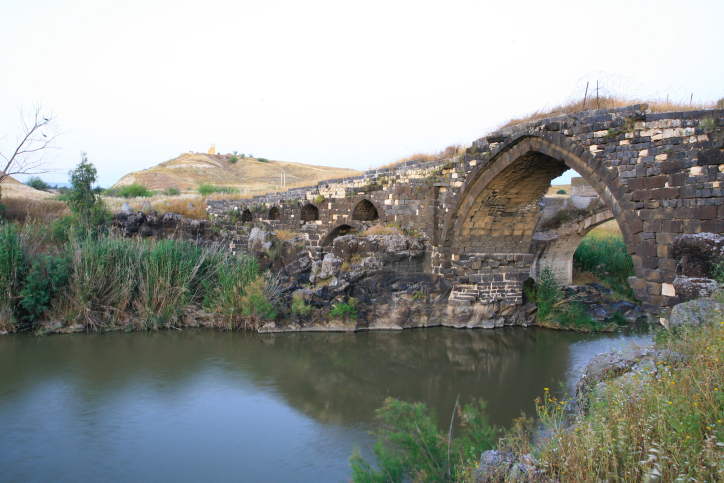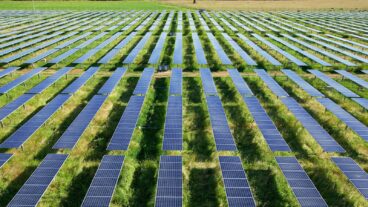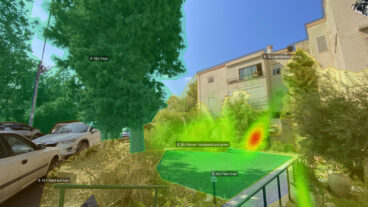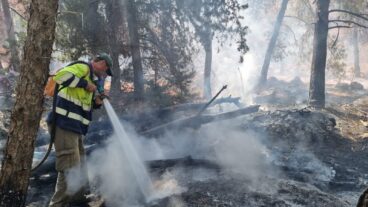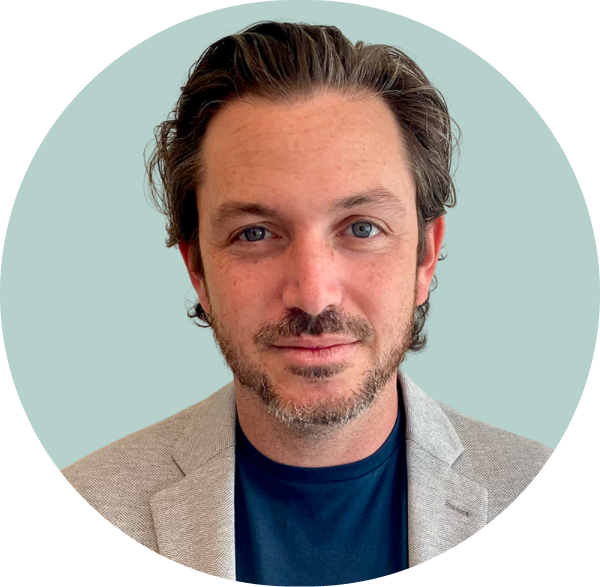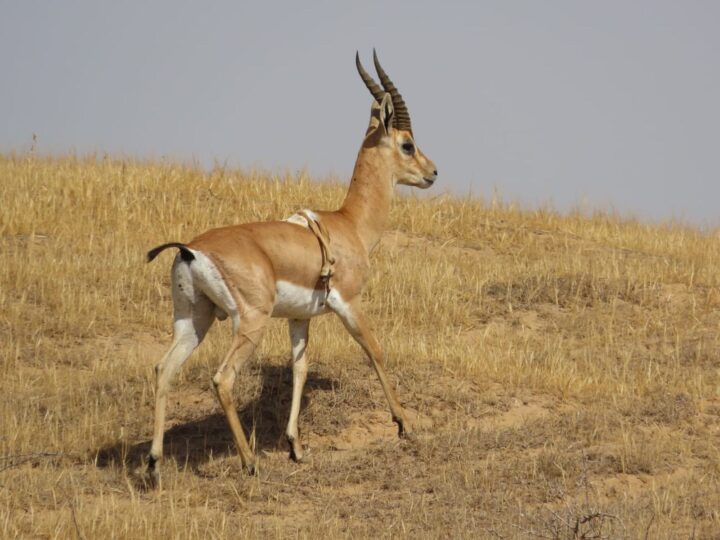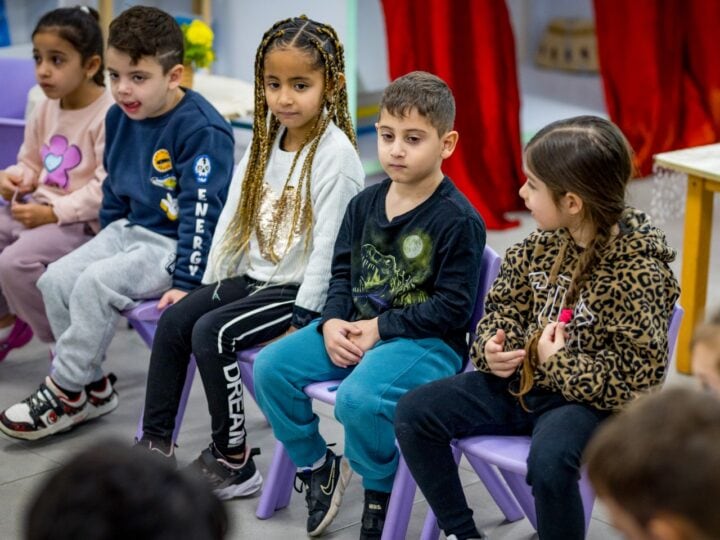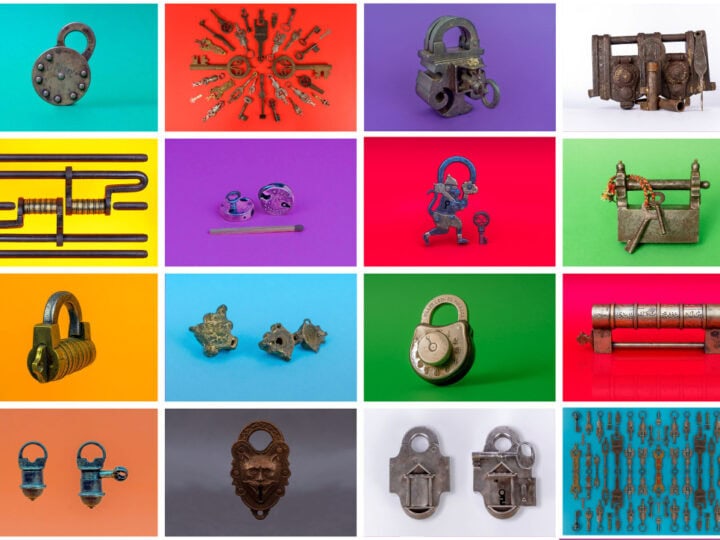It can’t compete with its global counterparts in size but the Jordan River exceeds most in terms of its historical, literary and spiritual importance for Jews and Christians alike. As early as the fourth century, pilgrims visited sites mentioned in the Bible.
From the Crusader period onwards, travel accounts and maps became ever more topographically accurate, with firsthand accounts of the practice of baptism on the riverbank and the taking of water as a holy souvenir.
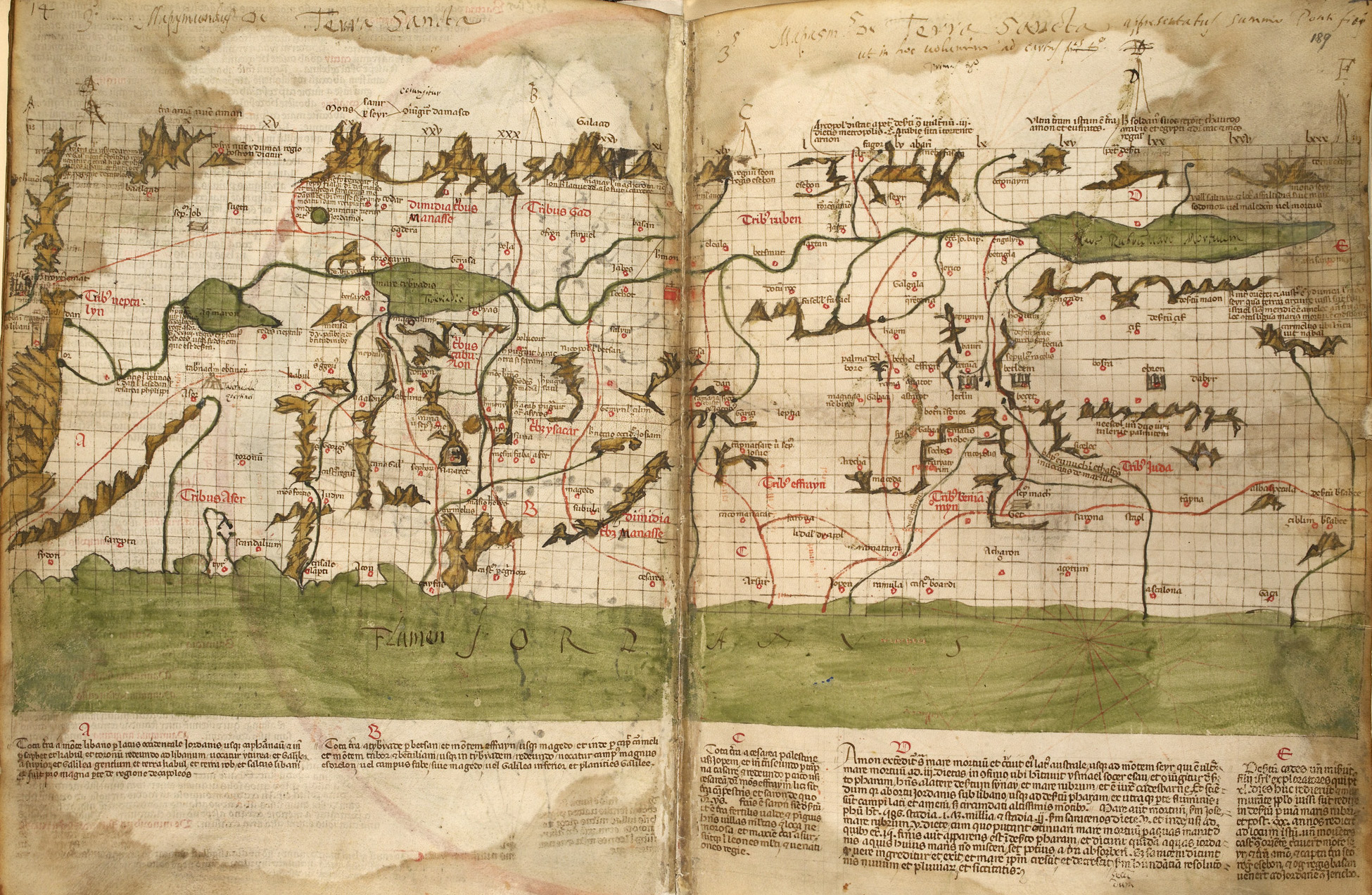
Fast forward to the 19th century. “The average breadth about seventy-five feet; the banks rounded and about thirty feet high, luxuriantly clothed with grass and flowers… Water clear and ten feet deep.” This description of the Jordan River from 1849 was written by US Navy Commander W.F. Lynch, in his Narrative of the United States’ Expedition to the River Jordan and the Dead Sea, an account of a 14-man exploration to trace the Jordan River to its source.

Two decades later, Samuel Clemens – better known as the humorist and author Mark Twain –wrote about the Jordan River in The Innocents Abroad, his account of his visit to the Holy Land, “It is not any wider than Broadway in New York.”
Twain and all other eyewitnesses who came before him would be unpleasantly shocked to see the transformation the river’s clear waters have undergone during the last half century.
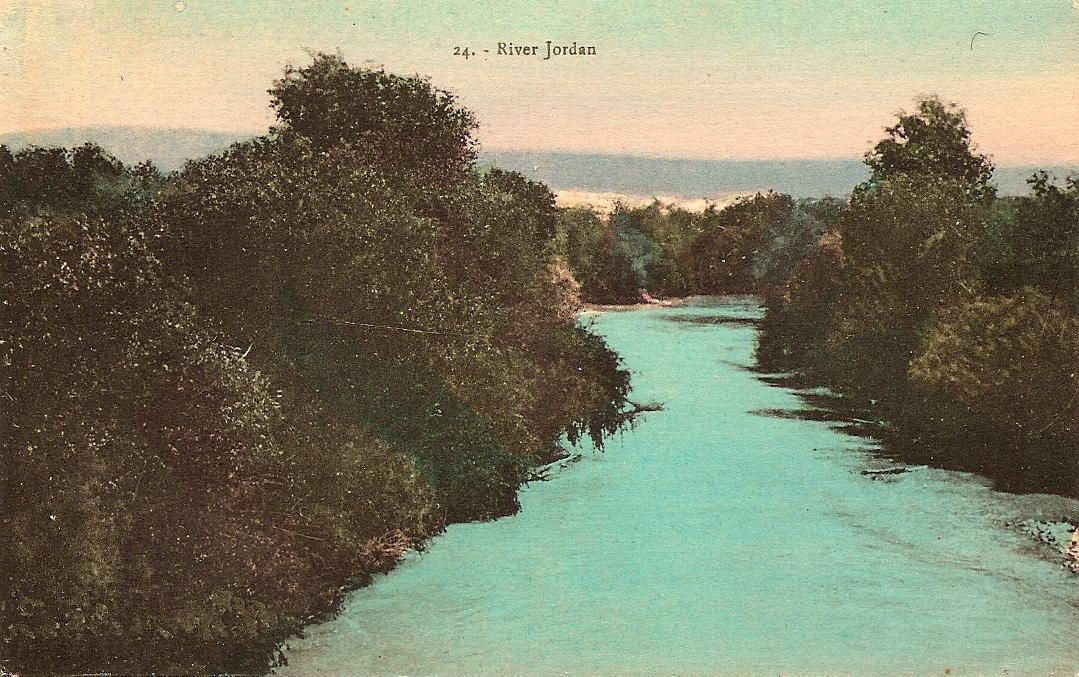
According to a 2015 UN-led “Inventory of Shared Water Resources in Western Asia” report, “…flow rates in the downstream part of the river have decreased sharply in the last 50 years due to the construction of a series of infrastructure and diversion schemes established in the basin… Moreover, water quality in the Lower Jordan River is very low.”

Over the past half-century, the annual flow of fresh surface water has been reduced by 90 percent, leaving a mixed flow of polluted and saline sources.
The problem affects all of the river’s stakeholders: Israel, Jordan, Lebanon, the Palestinian Authority and Syria, with Israel and Syria being the principal consumers.
Already in 2012, the Israel Water Authority issued a “Master Plan for the National Water Sector,” whose solutions for the southern Jordan Valley included reversing the flow of the national water carrier by pumping desalinated water from Israel’s center into Lake Kinneret, constructing wastewater treatment plant, and more. To date, the Master Plan has only been partially executed.
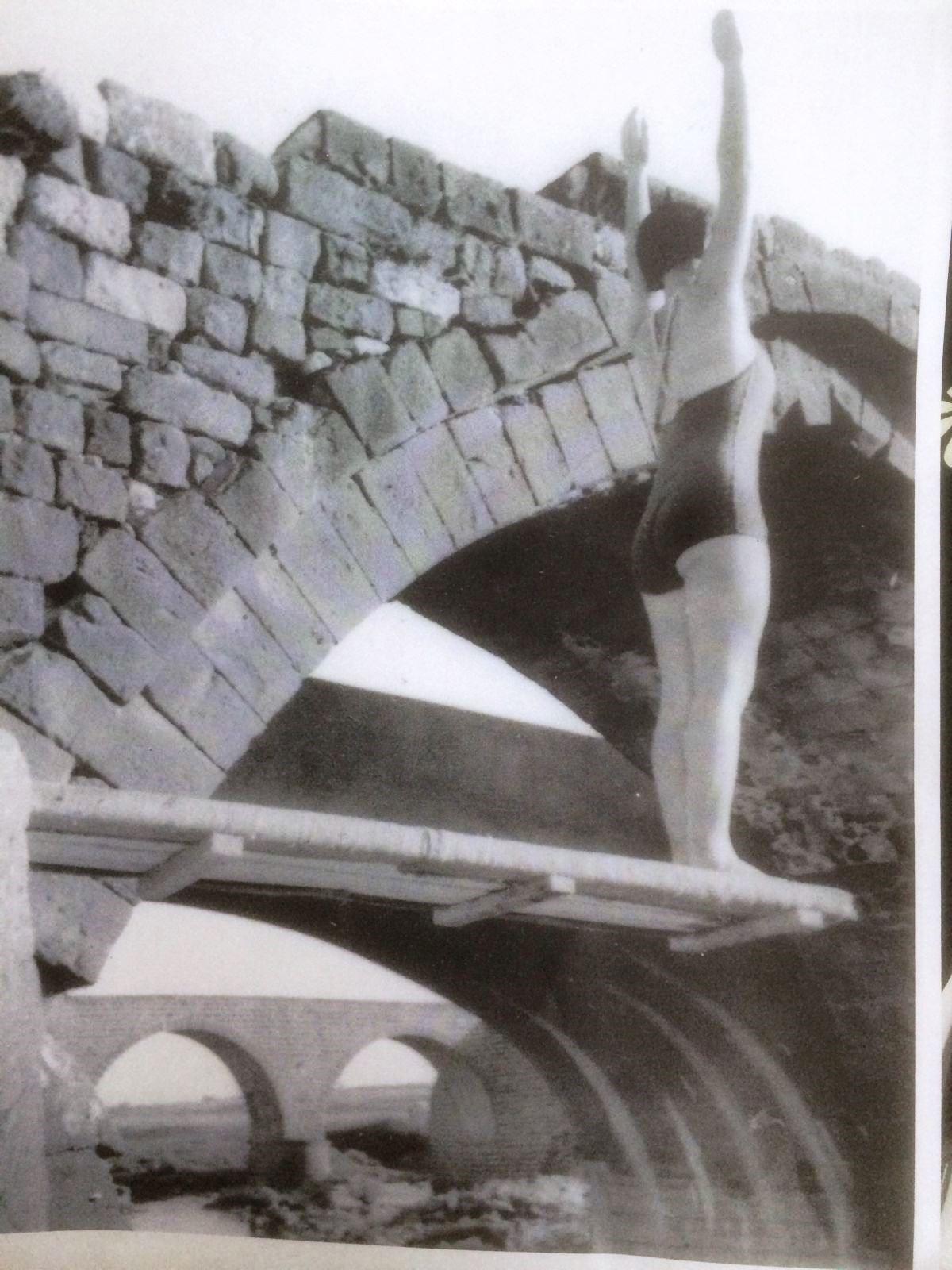
In 2015, EcoPeace Middle East, a unique NGO that brings together Jordanian, Palestinian and Israeli environmentalists, published a broader-scale “Regional NGO Master Plan for the Sustainable Development of the Jordan Valley.”
In tandem, EcoPeace launched an educational campaign to raise awareness of the Jordan River’s critical situation. It is now in the midst of a crowdsourcing effort to collect firsthand testimonies and snapshots from longtime residents of the Jordan Valley — the folks who remember the river as it once was.
This past December, “Jordan River: Past, Present and Future” events were held at three regional locations–Kibbutz Ashdot Yaakov Meuhad, Kibbutz Shaar HaGolan and at the old Kibbutz Gesher site overlooking the river.
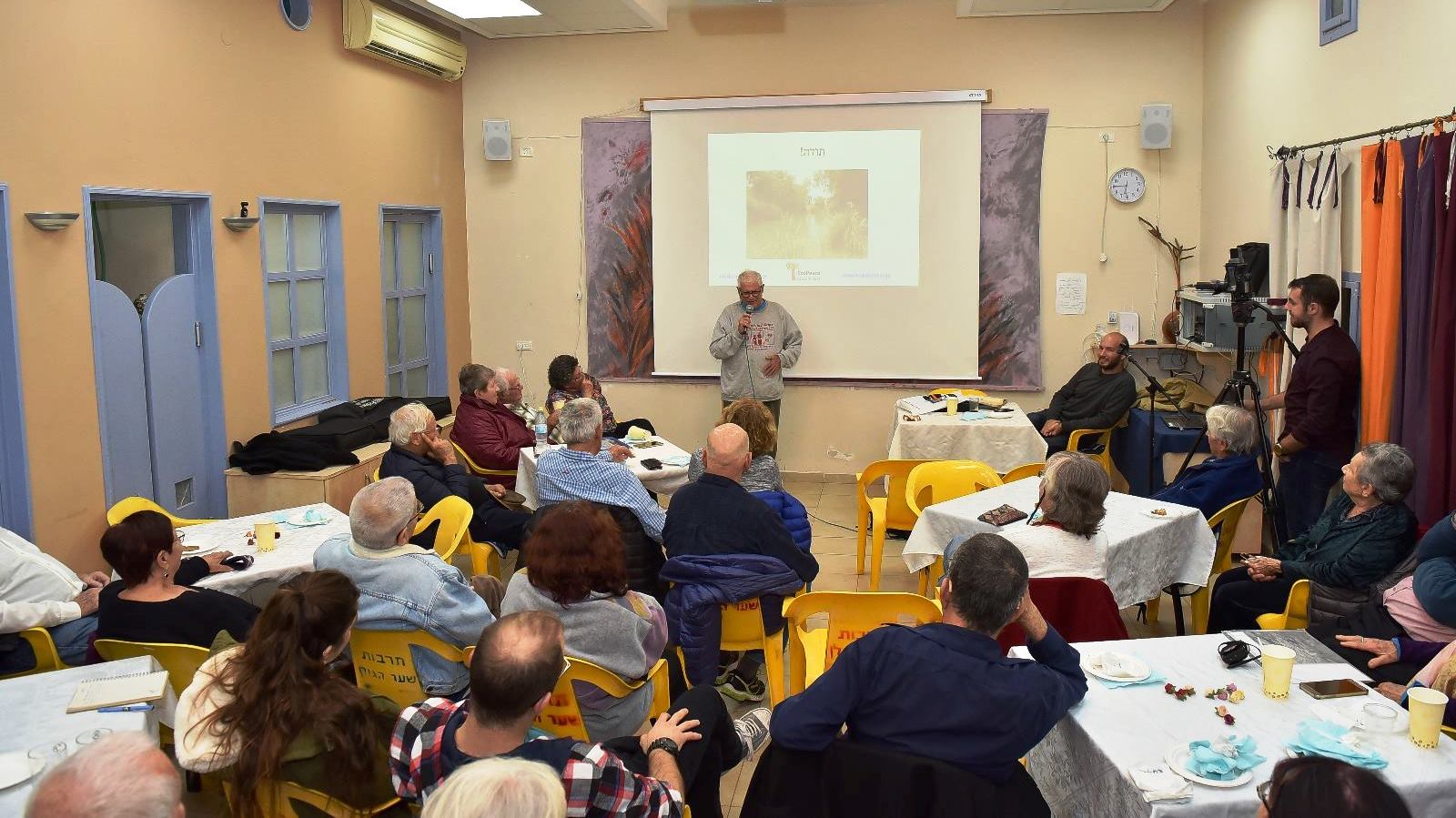
Says EcoPeace Water Officer Nadav Tal, “We were moved by their personal stories, pictures, testimonies, and especially the willingness to come, speak and hear about the Jordan River that used to be. We listened to extraordinary stories about crossing the Yarmukh River and the good relations with the Jordanian neighbors before there was a fence between us. And about the Jordan River, which was wide and deep.”
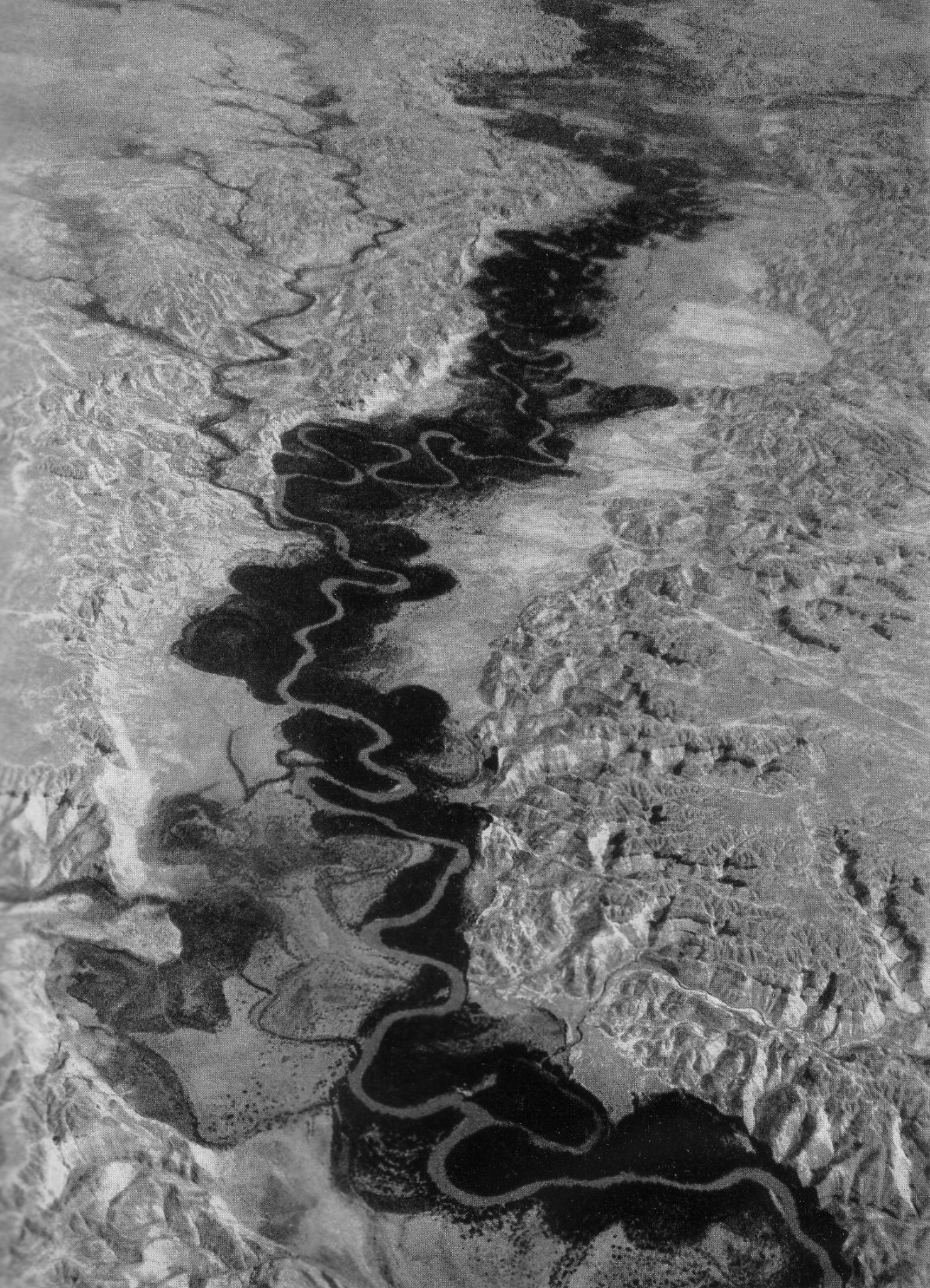
The more serious aim of the project, Tal says, is to raise awareness among Jordan Valley residents who might then put pressure on the regional council and the Israel Water Authority to fulfill the promise of its 2012Master Plan and rehabilitate the southern Jordan River.
Improved water conditions in Israel, he adds, would further regional cooperative efforts with Jordan for wastewater treatment plants for use in agriculture.
“The photos demonstrate to people who don’t know how the river was only a short time ago, that we don’t have to accept the Jordan River’s situation as fate, but that we can effect change. We can make a change – we just need to be strategic and resolute.”
Tal adds that enthusiasm for the project is now multiplying on social media, with more followers entering the EcoPeace Facebook page to share images, stories and lively comments.
Videos of the personal testimonies are also being shared on Facebook – and EcoPeace invites anyone who has photographs of the Jordan River dating back before the 1960s to share them as well.




